Health
Learn how you can adjust to the time change
The end of daylight savings means it’s dark out earlier than usual. This can trigger issues such as seasonal affective disorder. Learn below how you can easily adjust to the time change.
Advertisement
With the end of daylight savings, it’s important to readjust your schedule

While the time change due to the end of daylight savings rewards everyone with an extra hour of sleep, shorter days can leave many feeling out of place.
But that’s not all the time change can cause to somebody. The end of daylight savings can have a serious impact on your health. The seasonal affective disorder is a real thing and a result of the lack of daylight.
Turning back your clocks for just one hour can also disrupt your energy levels and your productivity. Not to mention sleep deprivation, which in turn can leave you feeling tired all day.

What are the best foods for brain health?
Learn what are the best foods for good brain health to include in your diet that will improve your memory, reduce stress and more!
Not many people know, but light and dark play a huge role in our circadian rhythm. What that means is that our body processes those signals when it’s time to go to bed and when it’s time to wake up.
Experts say it can take your body up to a week to adjust to the time change caused by the start and the end of daylight savings.
Right now, you may be feeling a little sleepier early in the evening or getting hungry earlier than you usually do.
So, we’ve prepared a few tips to help you adjust to the time change caused by the end of daylight savings. Read on to learn what they are.
How to easily adjust to the time change
Every year, when we switch from daylight savings time, there’s always that one week where it feels like we’re all operating on a different sleep schedule.
It can be hard to get used to the time change and even harder to function efficiently when you’re not getting enough sleep. Here are a few tips to help make the adjustment a little bit easier.
You will be redirected to another website
By submitting this form, I agree that I am 18+ years old and I agree to the Privacy Policy and Terms and Conditions. I also provide my signature giving express consent to receive marketing communications via automated emails, SMS or MMS text messages and other forms of communication regarding financial products such as credit card and loans. Message frequency varies and represents our good faith effort to reach you regarding your inquiry. Message and data rates may apply. Text HELP for help or text STOP to cancel. I understand that my consent to receive communications is not a condition of purchase and I may revoke my consent at any time.
Get some sunlight
As daylight savings comes to an end, many people find themselves struggling to adjust to the time change.
They may feel groggy and disoriented, and it can be hard to get out of bed in the morning.
One simple way to help ease the transition is to go outside and get some sun. Exposure to sunlight helps to regulate our body’s natural sleep cycle, and it can also help to combat fatigue.
Additionally, exercise is also a great way to fight fatigue.
Getting your heart rate up releases endorphins, which can help to improve your mood and give you a much-needed energy boost.
Regulate your sleeping schedule
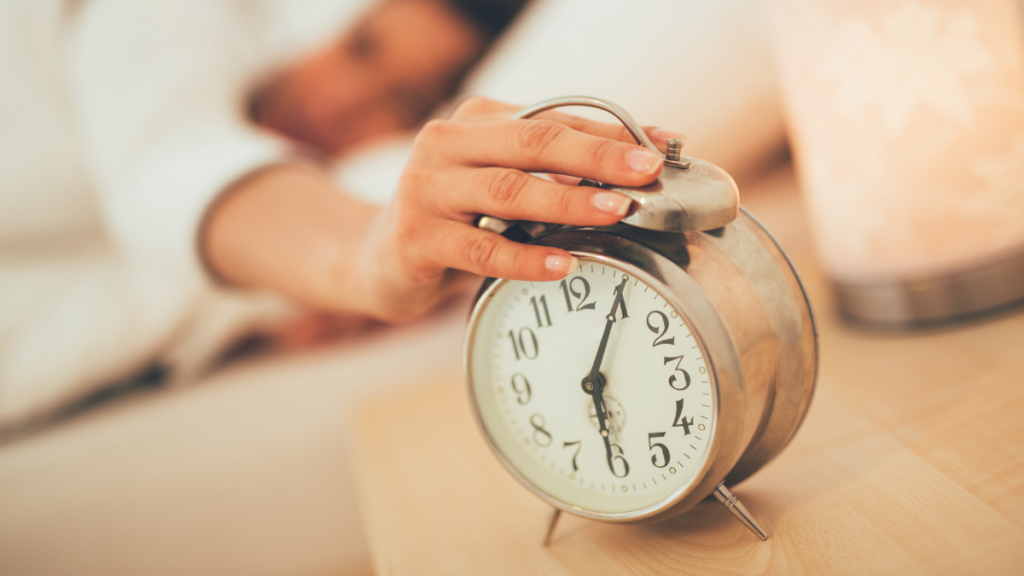
The end of daylight savings can be a tough adjustment for many people. Fortunately, there are a few simple tricks that can help make the transition a little easier.
One of the best things you can do is to keep a regular sleep schedule.
Going to bed and waking up at the same time each day will help to regulate your body’s natural clock and make it easier to adjust to the new time.
It’s also important to avoid napping during the day, as this can make it harder to fall asleep at night.
Finally, try to get some sunlight during the day, as this will help to wake up your body and prepare it for the coming night.
By following these simple tips, you can help make the end of daylight savings a little less painful.
Go for a sleep mask if you want to wake up on your own terms
Sleep masks are a simple, effective way to help you adjust to the time change when daylight savings ends.
By blocking out all light, sleep masks help to promote Melania and prevent you from waking up prematurely.
In addition, sleep masks can help to reduce stress and anxiety levels, both of which can make it difficult to fall asleep.
Sleep masks are readily available online or at most drugstores, and they are typically very affordable. So if you’re looking for an easy way to adjust to the time change, a sleep mask is a great option.
What is seasonal affective disorder, and how can you avoid it?
Seasonal affective disorder (SAD) is a type of depression that occurs at the same time each year.
While it can happen at any time, it most commonly begins in the fall and continues into the winter months.
People with SAD may experience symptoms such as fatigue, low energy, difficulty concentrating, and changes in appetite. In severe cases, they may also struggle with feelings of hopelessness and despair.
While the exact cause of SAD is unknown, it is believed to be related to the time change with the end of daylight savings during the fall and winter.
The shorter days and longer nights can disrupt the body’s natural sleep cycle, leading to fatigue and other symptoms of depression.
There are several ways to help prevent or reduce the symptoms of SAD, including getting regular exercise, exposing yourself to bright light for 30 minutes each day, and spending time outdoors on sunny days.
You can also try using a light therapy box, which emits bright artificial light that can help to simulate the effects of sunlight.
If you think you may be suffering from SAD, talk to your doctor about treatment options.
What is daylight savings, and why is there a time change?
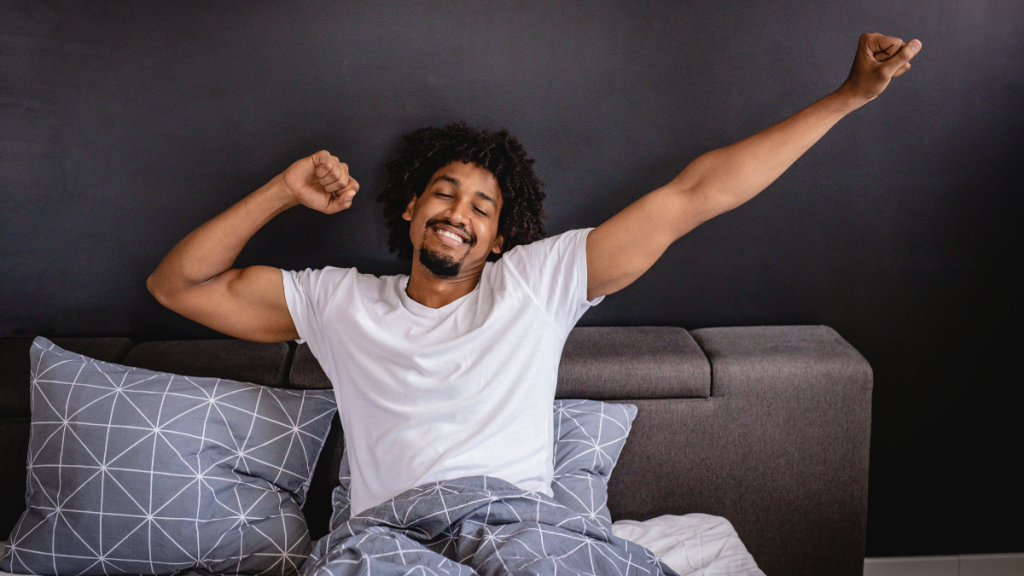
Daylight savings time is a system used to conserve daylight. It is generally practiced by moving an hour of daylight from the morning to the evening.
This is done by setting clocks forward an hour in the spring and moving them back an hour in the fall.
The main rationale behind daylight savings time is to make better use of natural daylight.
For example, by moving an hour of daylight from the morning to the evening, people are more likely to be able to take advantage of daylight hours after work or school.
Additionally, daylight savings time saves energy, as people are less likely to use artificial lighting during daytime hours.
There are a variety of opinions on daylight savings time, but it remains a widely-used system in many parts of the world.
Learn about the health benefits of being an early bird
With the time change, adjusting your sleeping schedule is the best thing you can do for your health.
If you’re not an early bird, now would be a good time to become one.
Studies have shown that there are health benefits to being an early riser. In the link below, we’ll discuss some of the main benefits and how you can start enjoying them too!
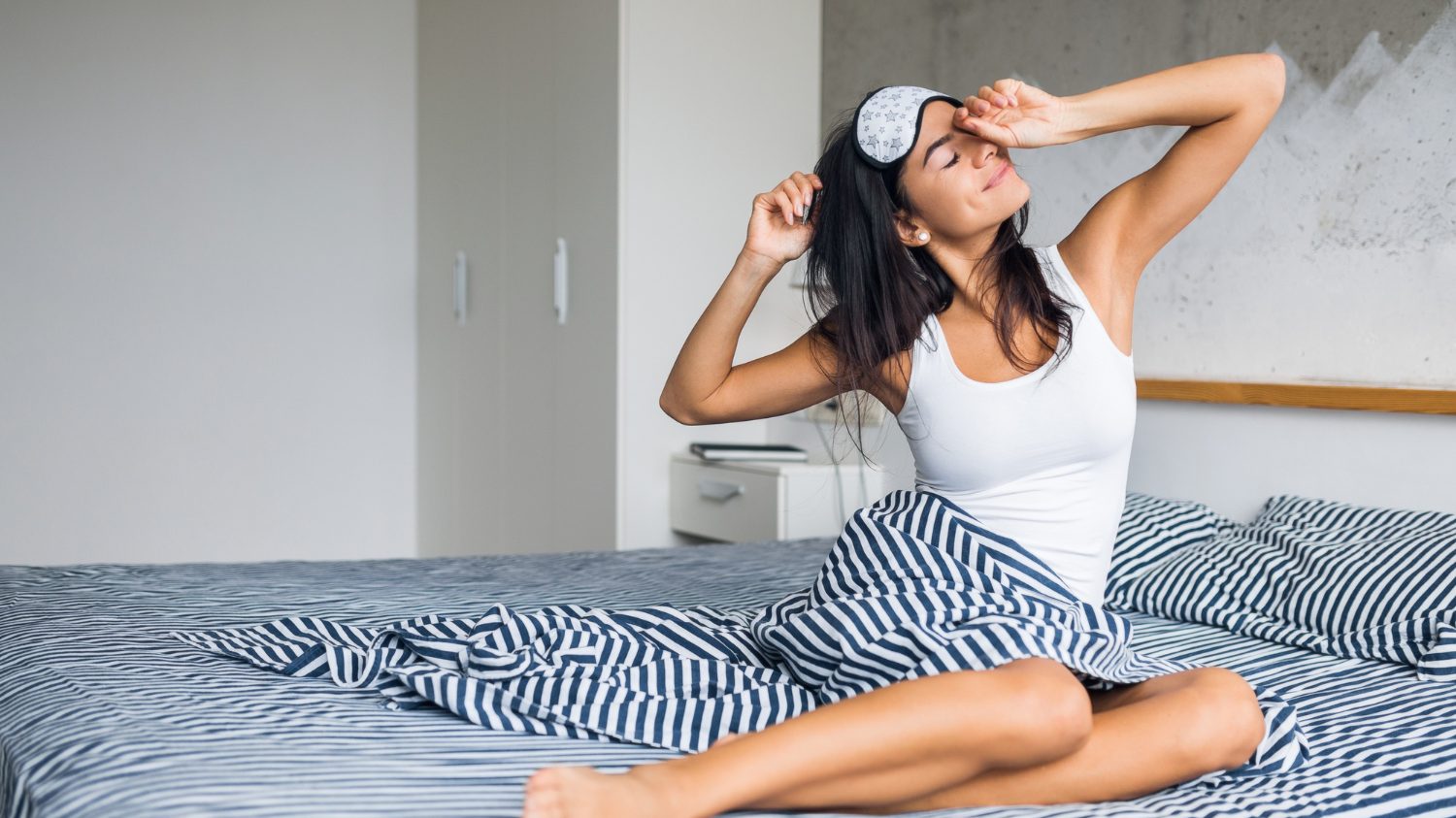
The health benefits of being an early bird
Being a night owl isn’t so bad, but there are many more health benefits in being an early bird. Curious about them? Read on to learn more!
Trending Topics
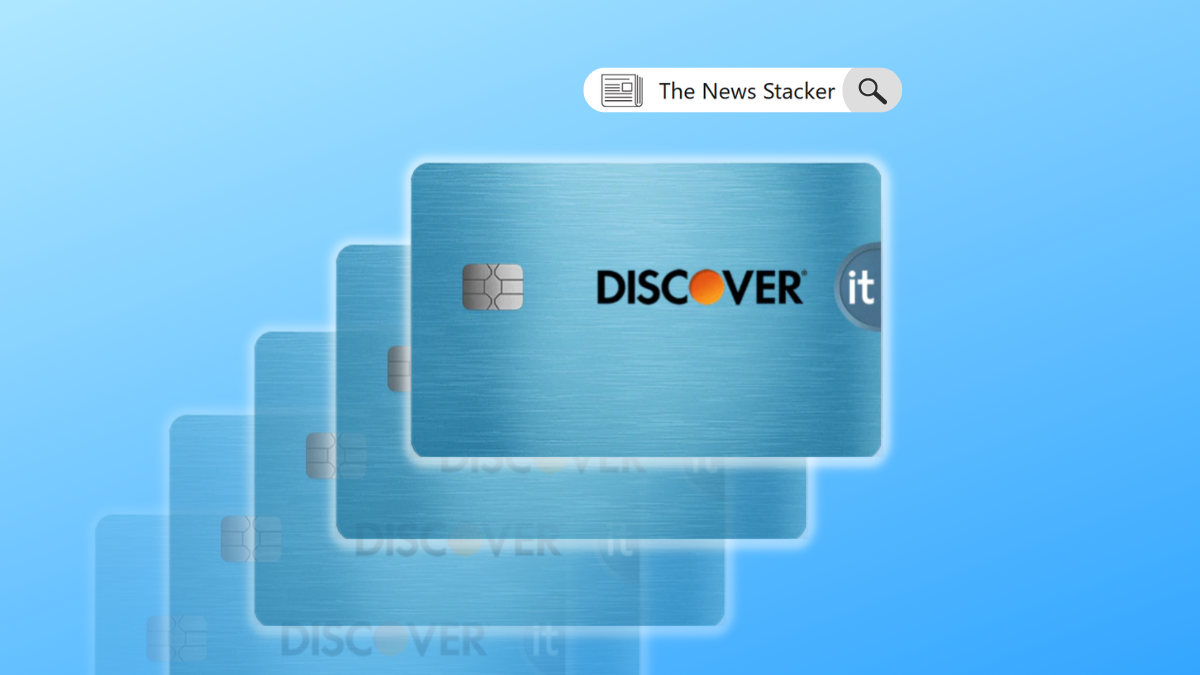
Discover it® Cash Back Credit Card review
Read our comprehensive review of the Discover it® Cash Back Credit Card and learn how you can take advantage of its many rewards.
Keep Reading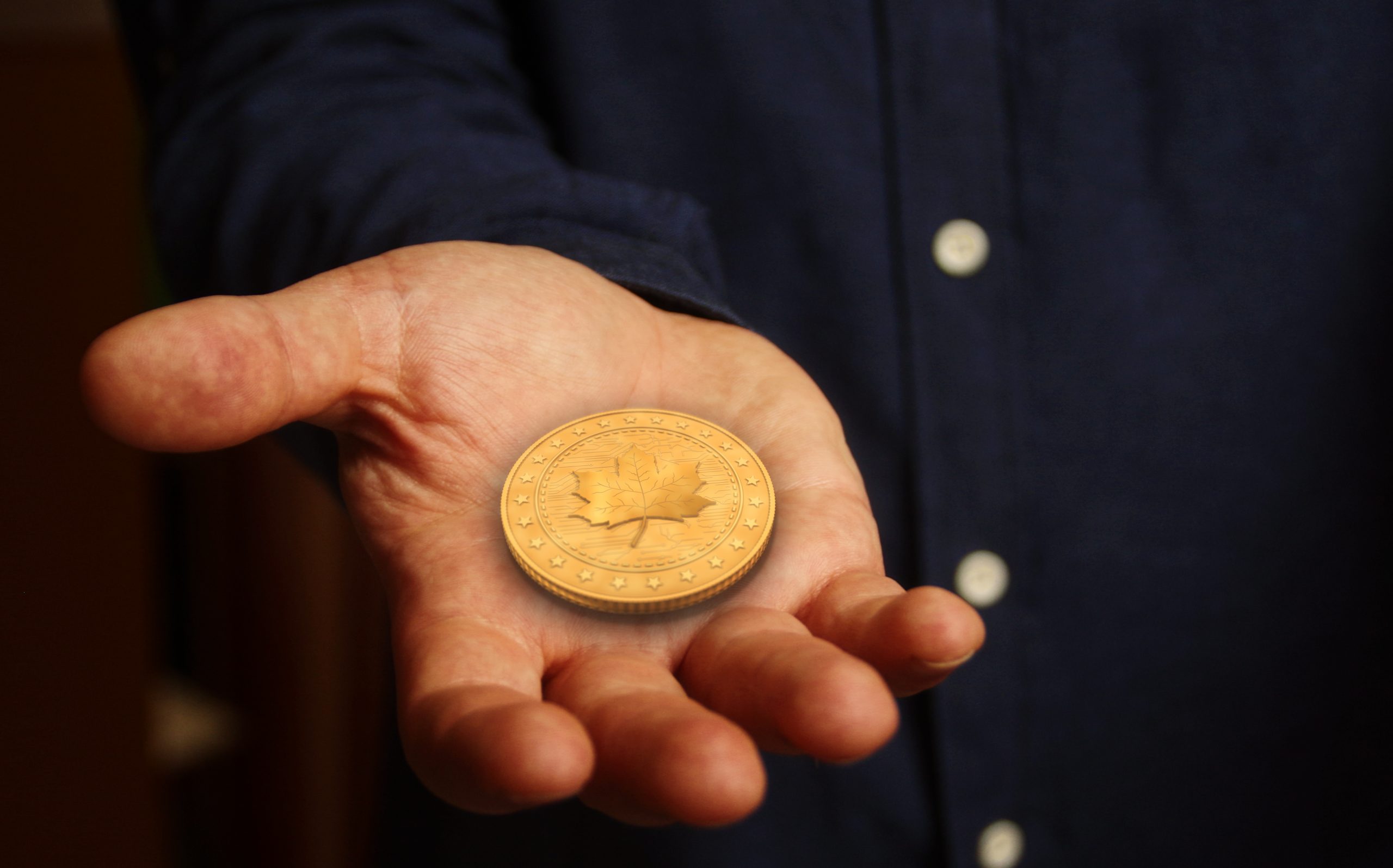
The richest man in Canada: find out who is the man in this desired position
Canada is a wealthy country, and so is the richest man who lives there. See who is making more money in Canada right now.
Keep Reading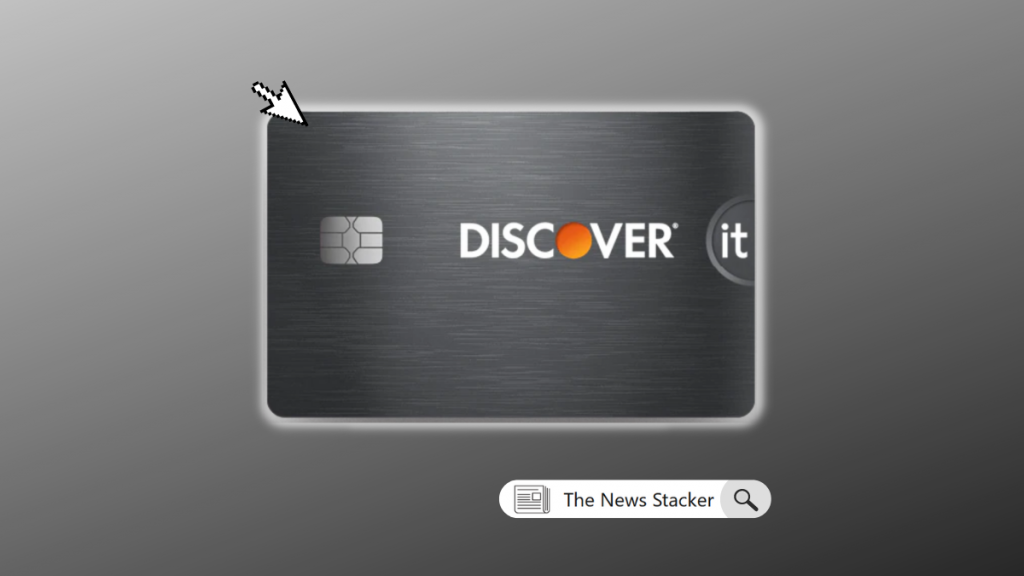
Discover It® Secured Credit Card review: A card that rewards your spending!
Learn in this Discover It® Secured review why this credit card might be what you need to build your credit while earning rewards.
Keep ReadingYou may also like
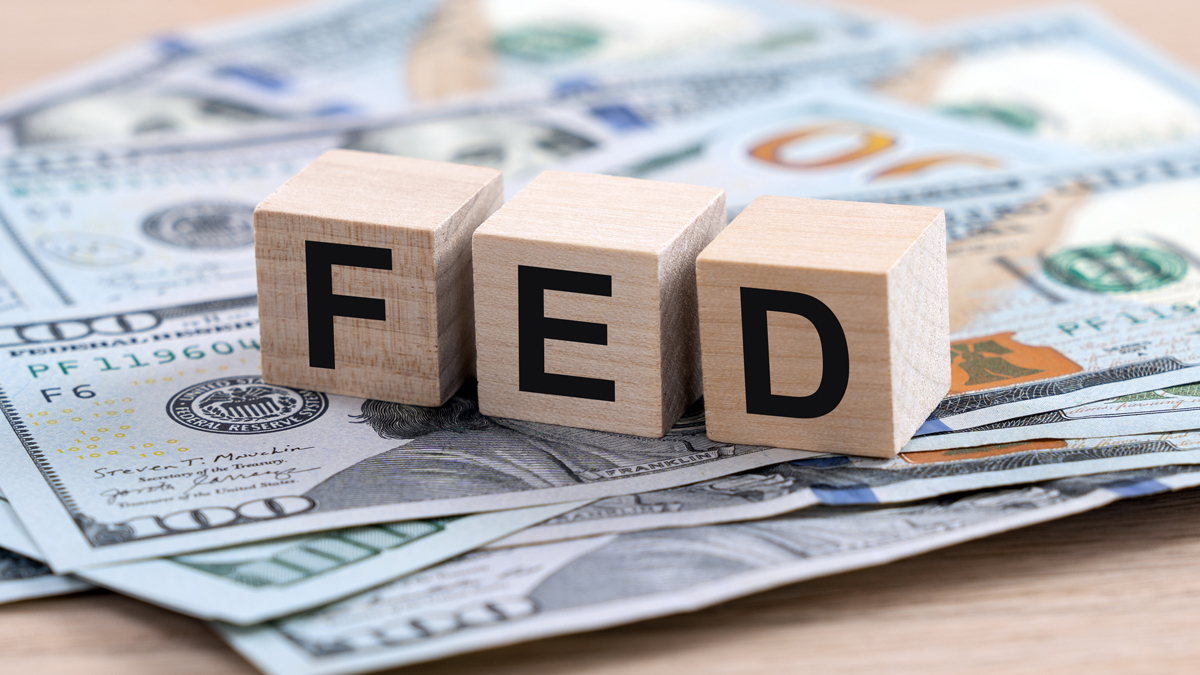
UN asks the Federal Reserve to pause interest rate increases
The United Nations Conference on Trade and Development asked the Federal Reserve to pause rate increases to avoid global recession.
Keep Reading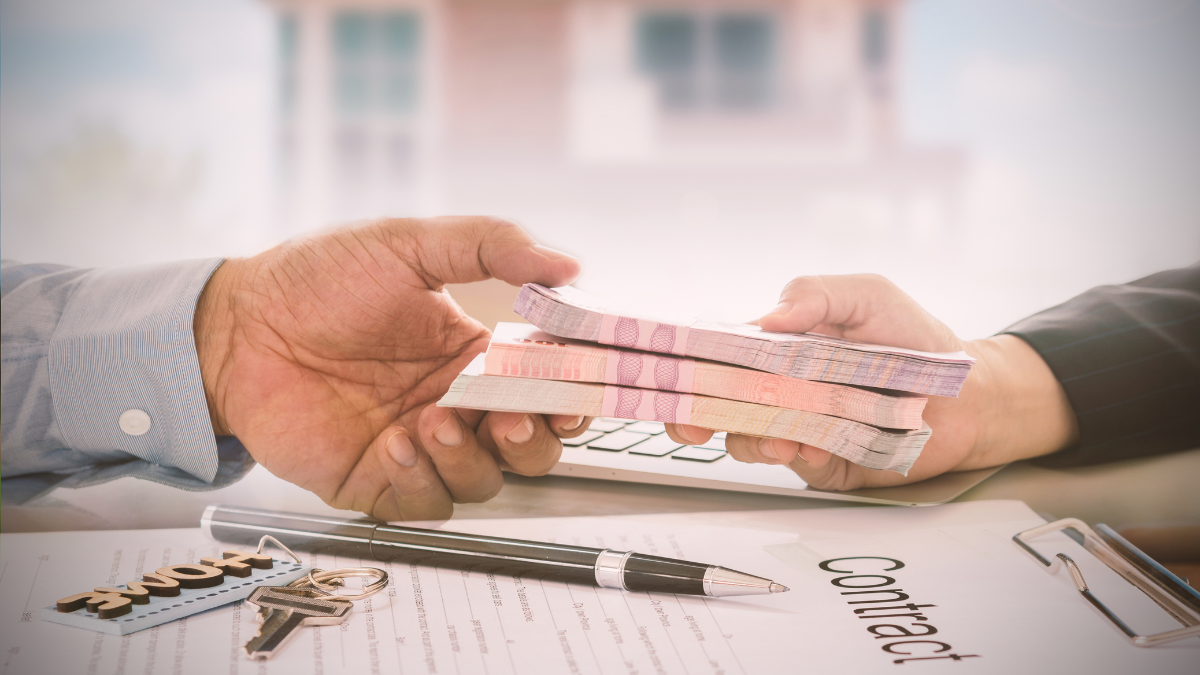
Compare the top 6 Lenders for 2023!
Wondering who to borrow money from in 2023? Check out our comparison of the top 6 lenders for 2023. You don't want to miss this post!
Keep Reading
Creative ways to get your kids to eat their veggies
Do your children turn their noses up at vegetables? Here are some fun and creative ways to get your kids to eat their veggies.
Keep Reading